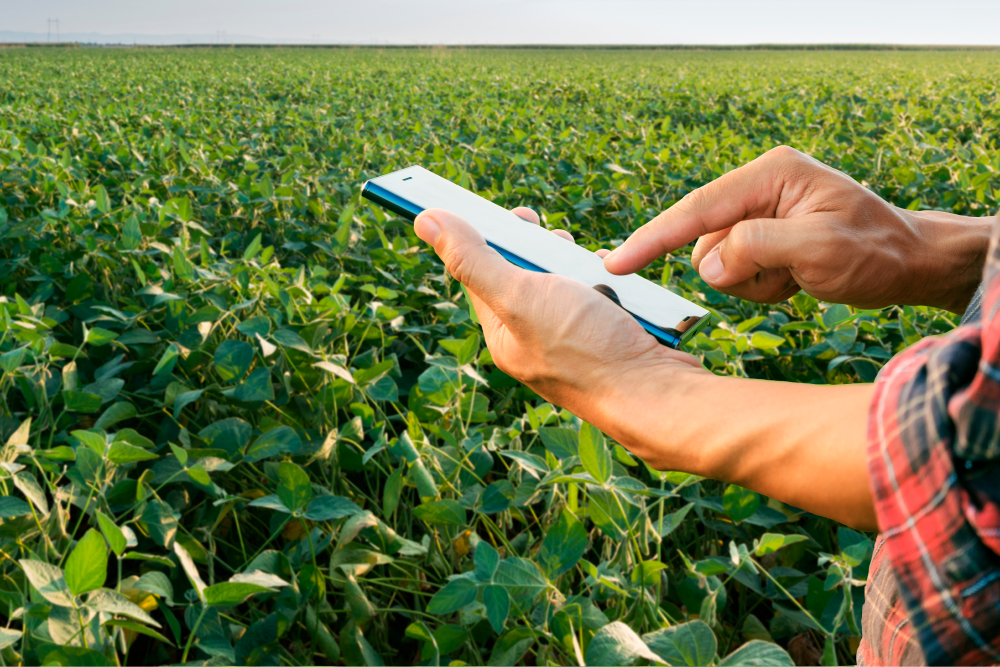What is not defined cannot be measured. What is not measured cannot be improved. What is not improved always degrades.
In the agri-food sector, in a world with a growing population (it is expected that in the next 25 years the global population will increase by 1.7 billion people) and with increasingly scarce or fragile resources, the margin for not seeking to improve our results is becoming smaller, as we will have to produce more with less. It is this need to improve the performance of food production systems without further degrading (and ideally regenerating) the environment that makes it essential not only to measure the various production variables but also to manage the data derived from these measurements, so as to transform them into information that allows us to make the best decisions to optimize the use of various resources.
Since the end of the last millennium, information technologies have facilitated the task of condensing data into information by allowing all collected data to be in one place, making it easier to compare different alternatives.
The evolution of these technologies has taken us from being able to analyze data within our own production facilities initially (through the use of spreadsheet programs or local databases at first and then with more specific agricultural management programs), to being able to compare ourselves with other producers with the advent of the internet and various agricultural startups, even having reference values at the local level, thus accelerating the processes of continuous improvement by taking into account not only our own experience but also the collective one.

If we add to this that the tools used in agriculture have more and more sensors that collect data on what is actually happening in the field and the emergence of the internet of things in the rural environment, allowing us to have access to this data and measurements practically in real-time, we have as a result that the plan-do-check-act cycle spins faster and faster, which translates into improvements in the production system at an increasing speed.
It has never been so important, but at the same time so accessible, to enter systems of continuous improvement. For this, it is necessary to measure to manage improvements. Adopting them will not only result in better economic outcomes for us but also in the care of the environment where we and future generations will live.


